Giving Out Rations to the Blackfoot Indians, NWT depicts people of the Siksika Nation lining up to receive flour rations from the Canadian government. Artist William Brymner (1855–1925) created this work while visiting the Siksika Nation Reserve near Gleichen (now in Alberta) in 1886. Unlike many other nineteenth-century paintings that depict Indigenous people, Brymner’s work is not an image that purports to represent traditional culture. The figures’ expressions are sombre and viewers are asked to grasp the gravity of the situation. It is an image about a desperate need for food.
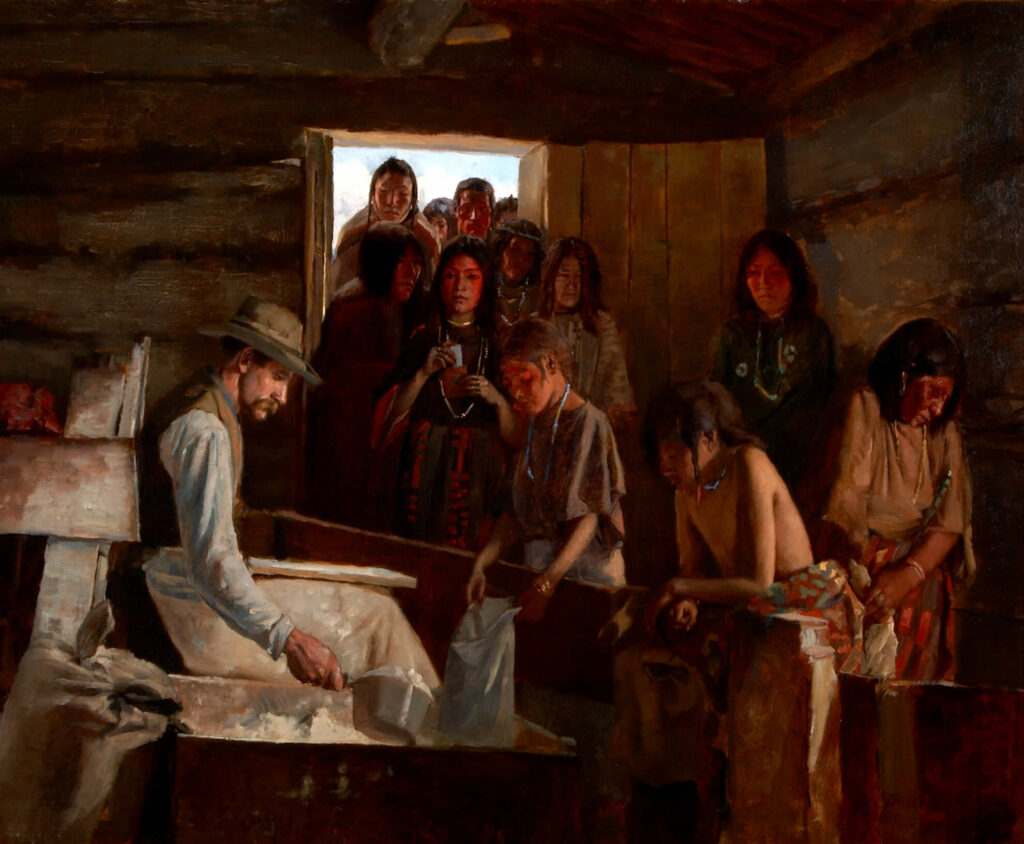
Oil on canvas, 66 x 81.3 cm
Art Gallery of Hamilton
Food rations were among the promises of Treaty 7, an 1877 agreement between Canada and several First Nations, including the Siksika Nation. Brymner would have witnessed severe hunger during his visit to the Siksika Nation Reserve as the local Indian agent was limiting rations in an effort to reduce costs. In a speech made in July 1886, the Siksika leader, Isapo-Muxika (then called Crowfoot in the Canadian media), spoke of the inadequacy of the rations and the risks of starvation, declaring that “he and his chiefs feared for their children, that food would not be given them.” Brymner had met Isapo-Muxika only weeks earlier.
Brymner’s motivations for the work are unknown, though he certainly understood the politics of his subject. Today the work is an important reminder of terrible colonial betrayal and the Canadian government’s use of famine as a weapon to enforce the assimilation of Indigenous peoples.
This Spotlight is excerpted from William Brymner: Life & Work by Jocelyn Anderson.
 Stitching the Archives
Stitching the Archives
 A Working-Class Hero
A Working-Class Hero
 Imagining Entangled Futures
Imagining Entangled Futures
 Bridging Far and Near
Bridging Far and Near
 Soft Power
Soft Power
 Imagining Emancipation
Imagining Emancipation
 A Priceless Portrait
A Priceless Portrait
 Meditation in Monochrome
Meditation in Monochrome
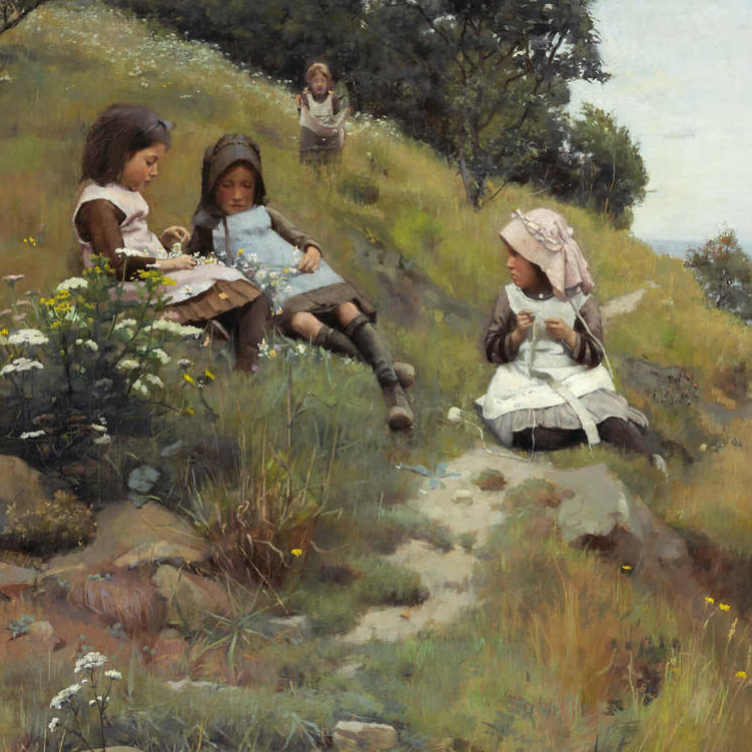 Making His Mark
Making His Mark
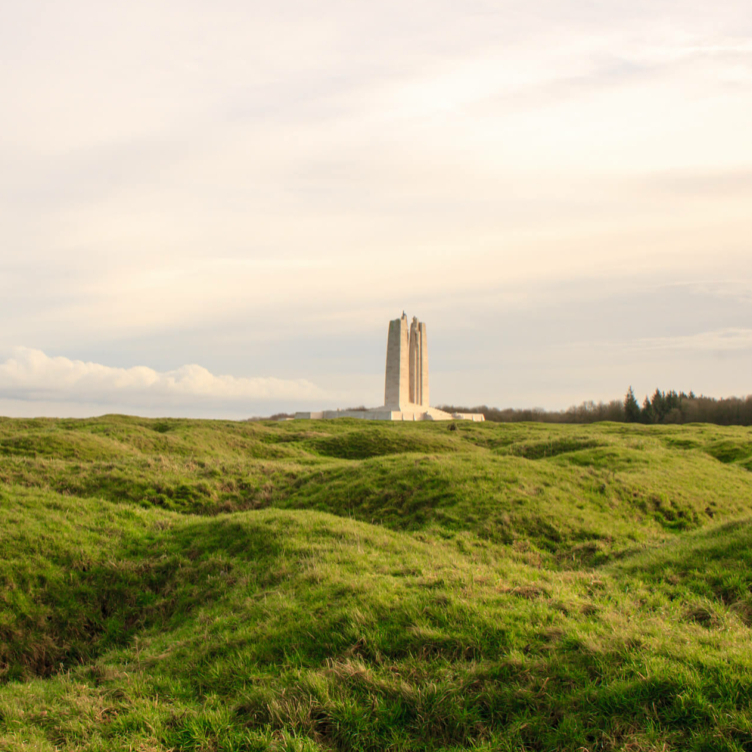 Honour and Sacrifice
Honour and Sacrifice
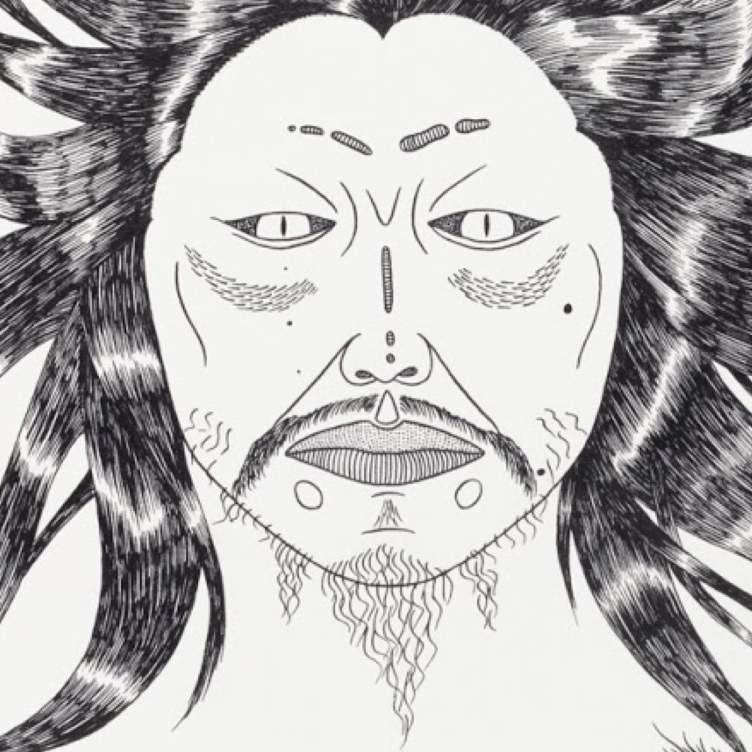 A Monstrous Vision
A Monstrous Vision
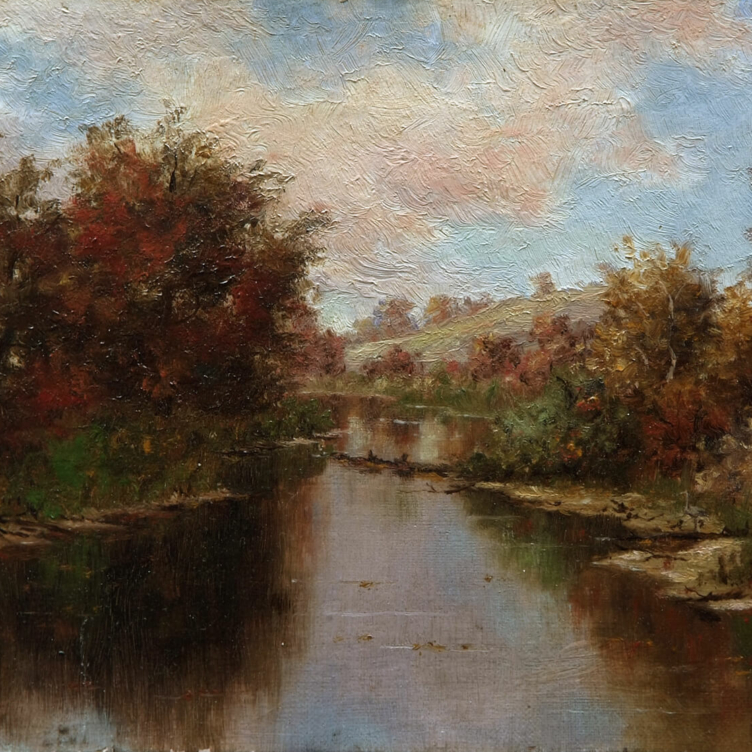 Remote Beauty
Remote Beauty
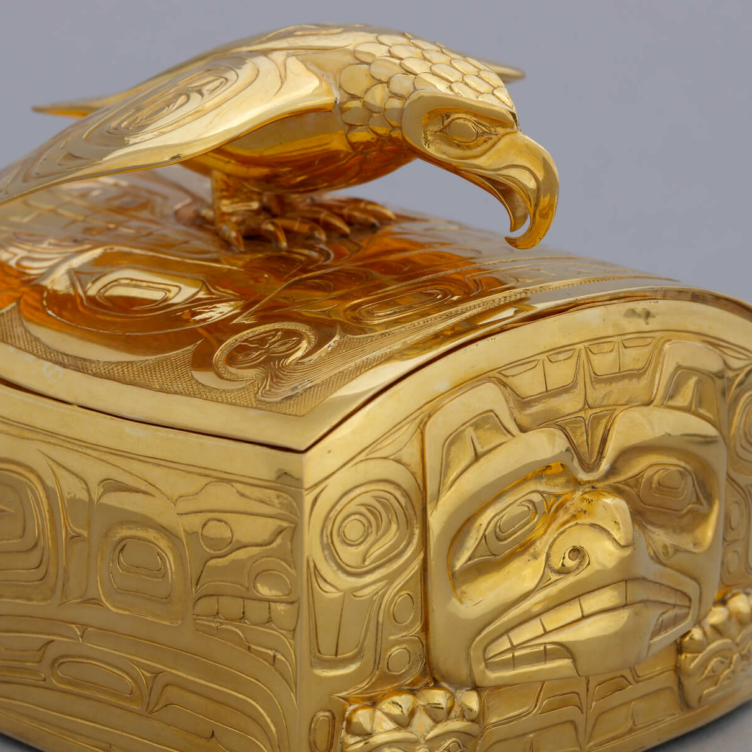 Pride and Resistance
Pride and Resistance
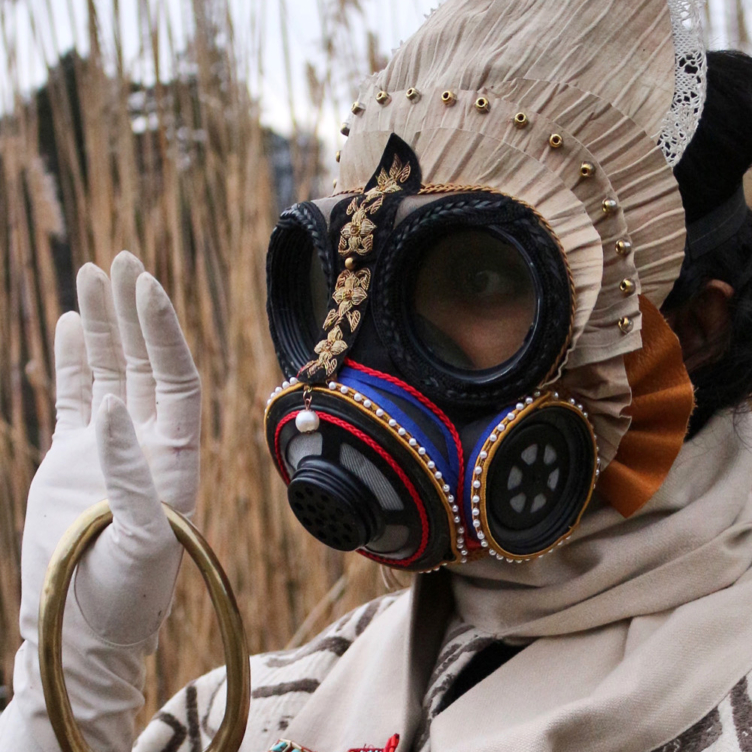 Dressed for Danger
Dressed for Danger
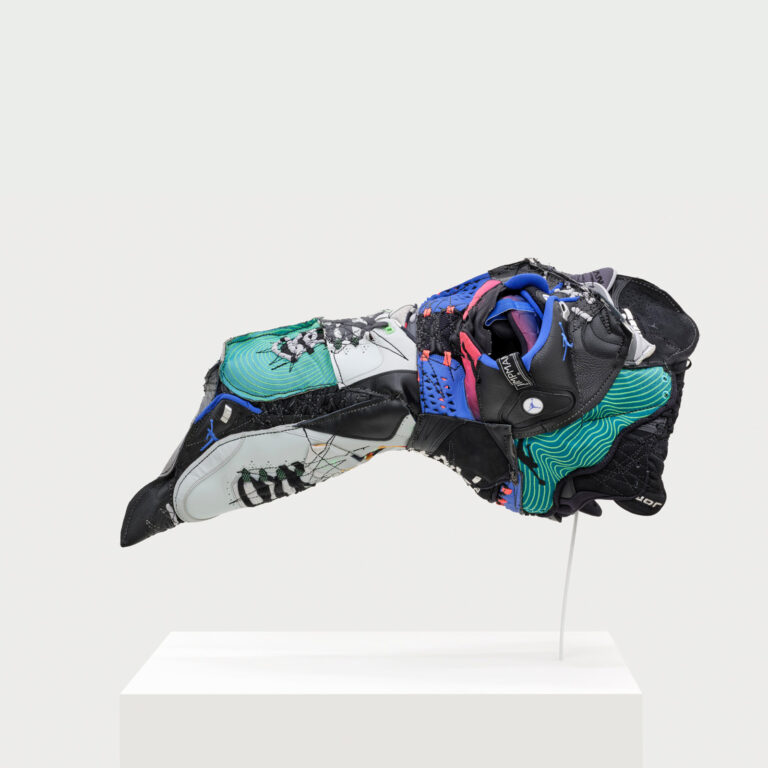 Masks from the Past
Masks from the Past
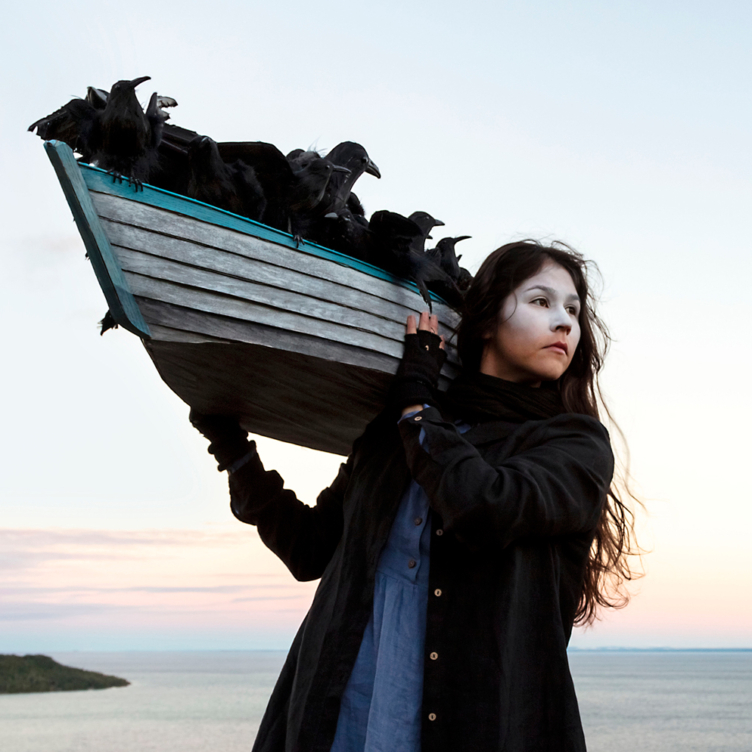 Lessons from the Land
Lessons from the Land
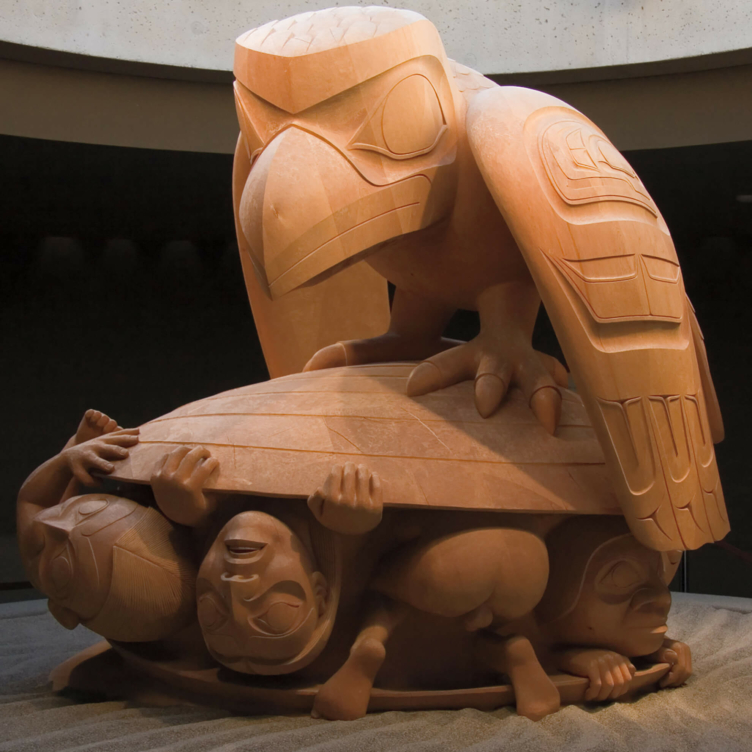 A Cultural Hero
A Cultural Hero
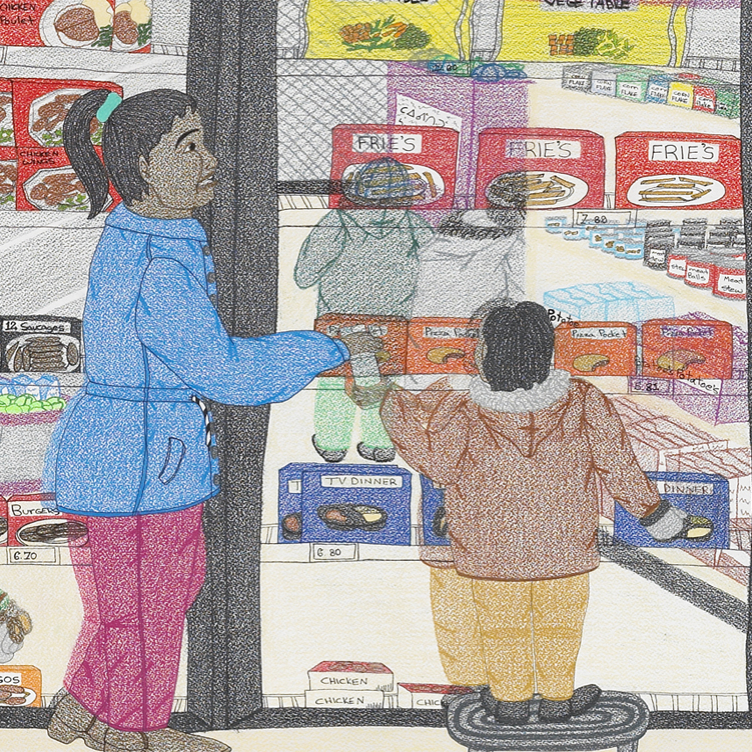 Food for Thought
Food for Thought
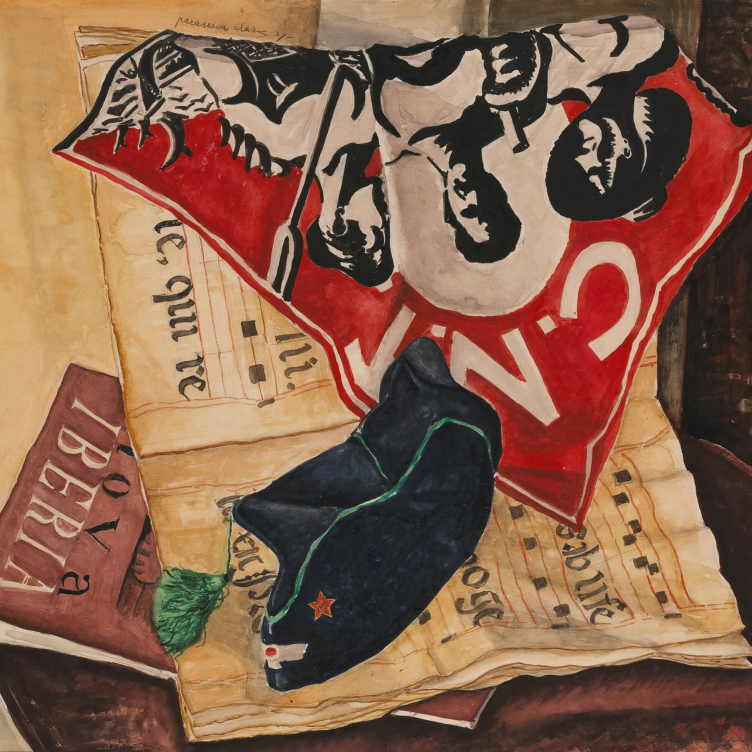 A Passion for Activism
A Passion for Activism
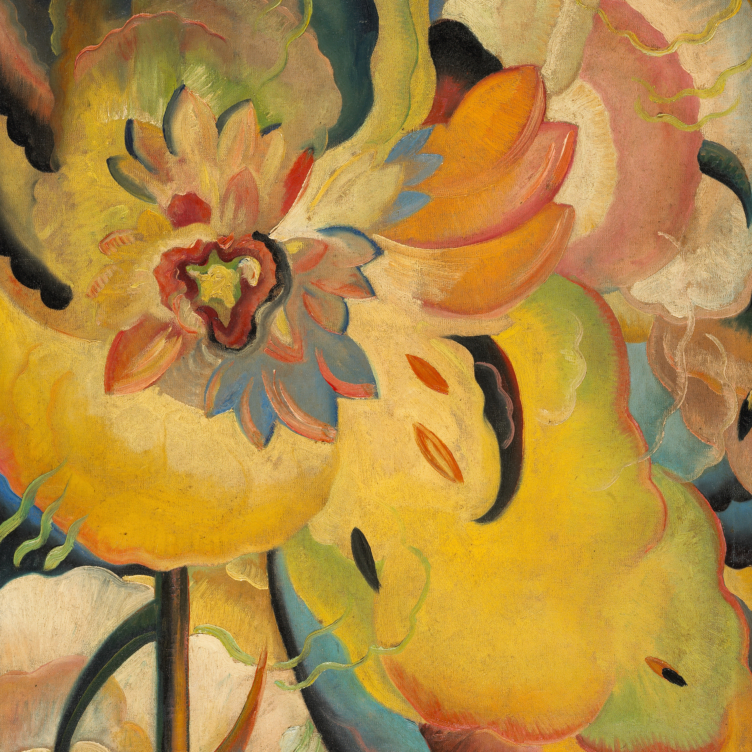 An Artistic Breakthrough
An Artistic Breakthrough